Graphics Reference
In-Depth Information
Finally, we have said that one major goal of topologists is to find algebraic invari-
ants for spaces that can be used to classify them up to homeomorphism. This chapter
has described homology groups, homotopy groups, and cohomology rings that are
general-purpose invariants that apply to arbitrary topological spaces. In the next
chapter we shall learn about additional invariants that can be defined in the special
case of differentiable manifolds. A great many tools for computing the various invari-
ants of this chapter have been developed. We have indicated some of them above.
Another extremely powerful tool is the construction of what are called
spectral
sequences
, but this subject is much too advanced and technical to even sketch here.
The reader would have to have a fairly good understanding of most of the topics
described in this chapter beforehand. One good reference is [McCl85].
With regard to the computability of the task of evaluating algebraic invariants,
there is unfortunately one negative result along these lines.
7.6.1. Theorem.
There cannot exist any algorithm for deciding whether or not two
given compact, orientable, triangulable 4-manifolds are homeomorphic.
Proof.
See [Mark58]. The proof depends on the fact that almost any group can be
the fundamental group of a 4-manifold and the algebraic fact that the question
whether two arbitrary (nonabelian) group representations determine isomorphic
groups is undecidable.
Theorem 7.6.1 means that the homeomorphism problem for n-manifolds has a
hope of being solvable only when n £ 3. The only open case is therefore n = 3.
The CW Complex P
n
7.7
In this last section of the chapter, we return once again to the spaces
P
n
and describe
them from the point of view of algebraic topology. We begin by defining their standard
cell decomposition. This is done best by first describing
S
n
as a regular CW complex.
Definition.
The
standard regular CW complex representation of
S
n
is the CW complex
defined by the collection of i-dimensional cells
c
1
=
S
i
+
and
c
i
2
=
S
i
-
in
R
i+1
for 0 £ i £
n. The attaching map f
i,j
for the cell
c
j
is the obvious one which projects the disks
D
i
to either the upper or lower hemisphere of
S
i
.
Figures 7.8(a) and (c) show the decompositions for
S
0
and
S
1
, respectively. Now
think of
P
n
as the quotient space of
S
n
where we identify antipodal points and let
n n
:
SP
(7.17)
p
Æ
be the standard double covering projection.
Definition.
The
standard regular CW complex representation of
P
n
is the CW complex
defined by the collection of i-dimensional cells
c
i
= p(
c
i
1
) and attaching maps f
i
= p
°
f
i,1
,
for 0 £ i £ n.

